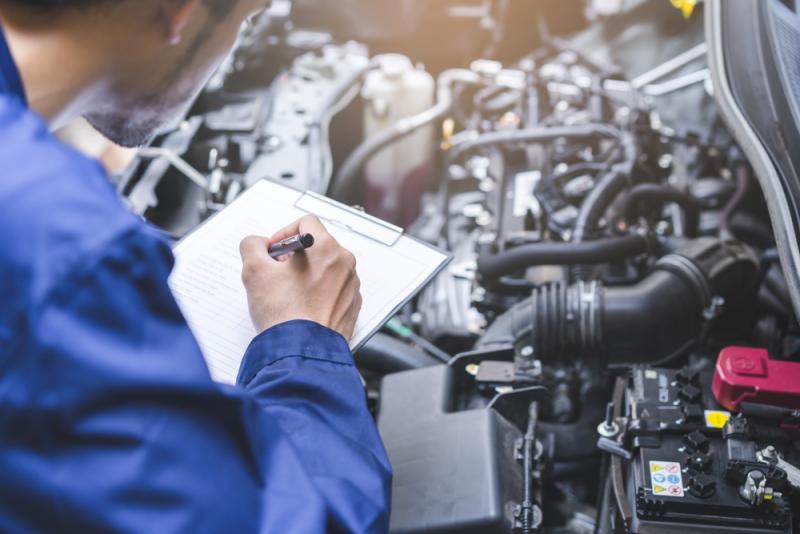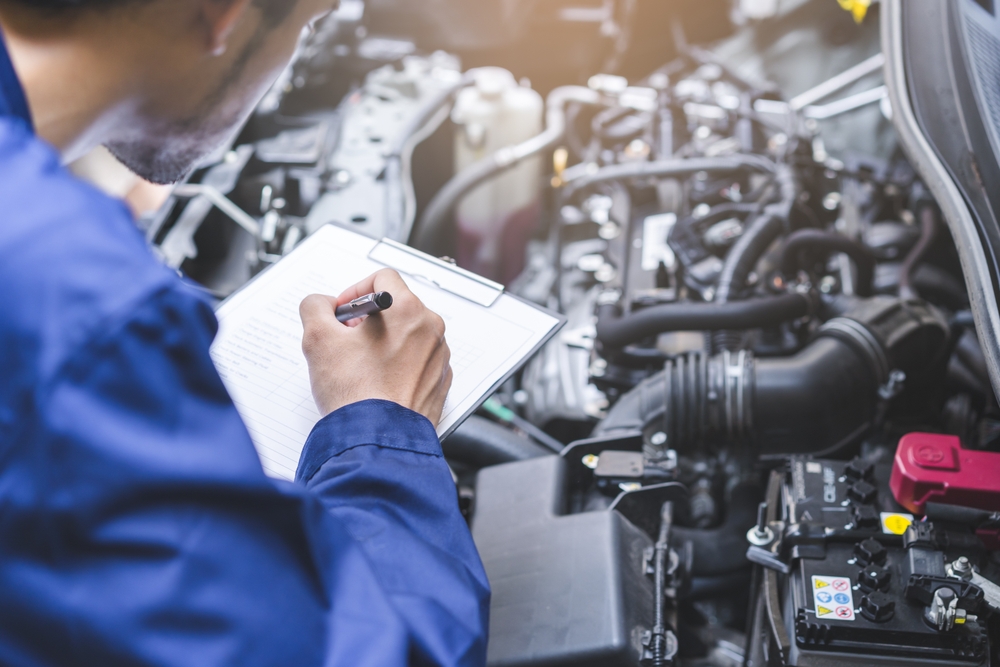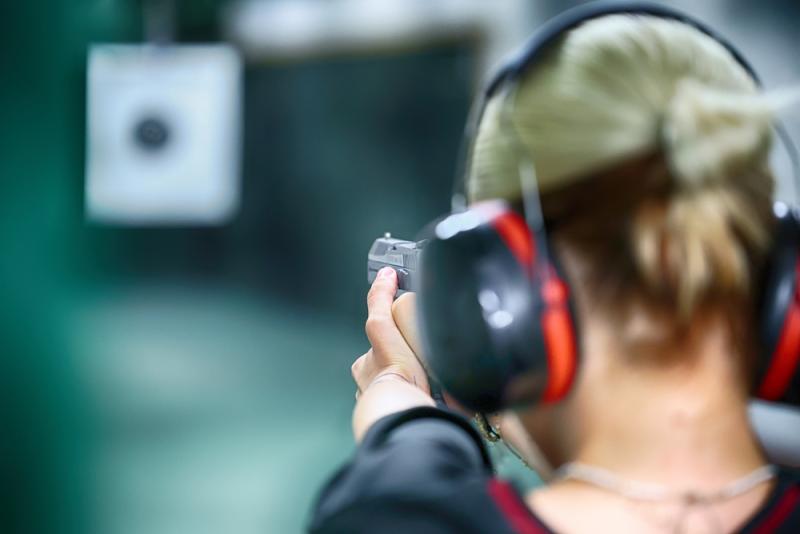How to Get a Used Car Checked for Issues in Queensland

Buying a used car in Queensland (QLD) can be a cost-effective way to get behind the wheel of a vehicle that suits your lifestyle without the hefty price tag of a new model. However, it’s important to make sure that the used car you are purchasing is in good condition and doesn’t come with any hidden issues. Failing to do proper checks could lead to expensive repairs, safety concerns, and overall dissatisfaction with your purchase.
This guide will walk you through the essential steps to get a used car thoroughly checked before you commit to the purchase, so you can drive off feeling confident in your decision.

1. Check the Car’s History
One of the first steps in evaluating a used car is checking its history. In Queensland, you can easily access this information by conducting a Personal Property Securities Register (PPSR) check. This check is a critical step as it reveals whether the car has any outstanding loans, if it has been written off, or if it was reported stolen. To do this, you’ll need the vehicle’s Vehicle Identification Number (VIN) or registration number. Here’s what you can expect from a PPSR check:
- Outstanding Finance: Ensures the car isn’t under any existing finance agreements, as this could put you at risk of repossession if the previous owner defaults.
- Write-Off History: Provides insight into whether the car has been declared a total loss due to an accident or other damages.
- Stolen Vehicle Check: Verifies that the car hasn’t been reported as stolen.
You can complete a PPSR check online for a small fee. In addition to this, ask the seller for the car’s logbook and service history. A full and up-to-date service history is a good indication that the car has been well-maintained and could give you peace of mind about its condition.
2. Roadworthy Certificate
A Safety Certificate, commonly referred to as a roadworthy certificate, is a legal requirement in Queensland when selling a used car. This certificate confirms that the car has passed a basic inspection for road safety, covering key components such as:
- Brakes
- Suspension
- Tyres
- Lights
- Seatbelts
For private sales, the roadworthy certificate is valid for 2 months or 2,000 km, whichever comes first. Keep in mind, though, that a safety certificate only guarantees that the vehicle is safe to be driven on the road at the time of the sale. It does not necessarily indicate the overall mechanical health of the car. Therefore, it’s important to supplement the roadworthy certificate with a more thorough mechanical inspection (more on that below).
3. Pre-Purchase Inspection by a Qualified Mechanic
One of the most important steps in purchasing a used car is obtaining a pre-purchase inspection. This is where you hire a qualified mechanic to conduct a thorough inspection of the car to identify any potential issues that may not be immediately apparent. While the safety certificate covers only the basic safety components, a pre-purchase inspection dives deeper into the overall mechanical and structural integrity of the vehicle. Some of the key areas a pre-purchase inspection covers include:
- Engine Condition: Ensures the engine is running smoothly and identifies any potential leaks or performance issues.
- Transmission Health: Evaluates whether the transmission shifts properly in both manual and automatic vehicles.
- Cooling System: Checks for any issues with the radiator, water pump, and cooling system hoses.
- Suspension and Steering: Ensures the vehicle handles well and that the suspension is in good condition.
- Electrical Components: Tests all electrical features, such as lights, indicators, and power windows.
It’s a good idea to engage an independent mechanic or a trusted service specialising in pre-purchase inspections. There are also mobile mechanics in Queensland that can come to the car’s location, providing convenience and a comprehensive on-site inspection. Expect to pay anywhere from $200 to $400 for a pre-purchase inspection, depending on the level of detail and expertise.

4. Test Drive the Vehicle
Taking the car for a test drive is a crucial step that should not be skipped. This gives you the opportunity to evaluate how the car feels on the road and identify any immediate performance issues. Here’s what to look out for during your test drive:
- Engine Performance: Listen for any unusual noises such as knocking, rattling, or clicking sounds that could indicate engine trouble.
- Transmission Smoothness: If the car is an automatic, check for smooth shifting between gears. In manual vehicles, ensure the clutch and gearbox feel responsive.
- Braking: The car should brake smoothly without pulling to one side, and there should be no grinding or squealing sounds from the brakes.
- Steering and Handling: The car should handle corners and turns with ease, without any pulling to one side. Check that the steering feels tight and responsive.
- Suspension: Pay attention to how the car feels over bumps and uneven roads. A bumpy ride could indicate suspension issues.
Ideally, test the car in various driving conditions, such as on city streets, highways, and different terrains, to get a full picture of its handling and performance.
5. Inspect the Exterior and Interior
While a mechanical inspection will reveal most issues, doing a visual inspection of the car’s exterior and interior can provide additional insights into its condition. Here’s what to look for:
- Tyres: Check the tyre tread depth and ensure that all tyres are evenly worn. Uneven tyre wear could indicate suspension or alignment problems.
- Body Condition: Look for signs of rust, especially under the vehicle and around the wheel arches. Inspect the paintwork for scratches, dents, or touch-ups that could suggest prior accidents.
- Windows and Lights: Make sure all lights (headlights, brake lights, indicators) are working and check for any cracks or chips in the windows.
- Interior Condition: Check the seats, dashboard, and controls for wear and tear. Test the air conditioning, stereo, and other electronic features to make sure they’re functioning properly.
6. Verify the Mileage
The odometer reading is an important factor when assessing the value and condition of a used car. High mileage on a car may suggest significant wear and tear, but low mileage on an older car could indicate that it has been sitting idle for long periods, which can cause issues such as dried-out seals or rust. Verify the odometer reading against the logbook and service history to ensure that the car’s mileage aligns with its documented history.
If you suspect tampering with the odometer, this could be a serious issue, and it’s worth reconsidering the purchase.
7. Negotiate the Price Based on Findings
After gathering all the information from your inspection, history check, and test drive, you’ll be in a good position to negotiate the price. If minor issues are identified that you’re willing to address, use these to leverage a lower price. However, if the car has major mechanical issues or inconsistencies in its history, it may be best to walk away and look for another vehicle.
When negotiating, be sure to factor in the cost of any repairs or replacements that may be necessary in the near future.
8. Understand Warranties and Consumer Protections
In Queensland, buying a used car from a licensed dealer comes with certain statutory warranties. If the vehicle is less than 10 years old and has fewer than 160,000 km on the odometer, the dealer must provide a statutory warranty. This warranty covers certain faults for a period of 3 months or 5,000 km (whichever comes first).
However, if you’re buying from a private seller, statutory warranties do not apply. This makes it even more important to conduct thorough inspections and checks before finalising the sale.
9. Complete the Transfer of Ownership
Once you’ve agreed on a price and are ready to buy the car, you’ll need to complete the necessary paperwork to transfer ownership. In Queensland, this involves:
- Filling out the Transfer of Ownership form (both buyer and seller must sign).
- Paying the transfer fee and stamp duty, which is based on the market value or sale price of the vehicle.
- Notifying the Department of Transport and Main Roads within 14 days of the sale to avoid any fines or delays.
If you’re purchasing from a dealer, they will typically handle the paperwork for you. For private sales, it’s important to ensure everything is completed correctly to avoid any future issues.
Conclusion
Buying a used car in Queensland can be a rewarding experience, especially if you take the time to get the car properly checked for any potential issues. From reviewing the car’s history to obtaining a pre-purchase inspection, a few simple steps can save you from costly surprises and ensure you drive away in a reliable vehicle. Always remember to follow up with a trusted mechanic and ask for advice if something feels off during the process—being cautious can make all the difference when buying second-hand.



